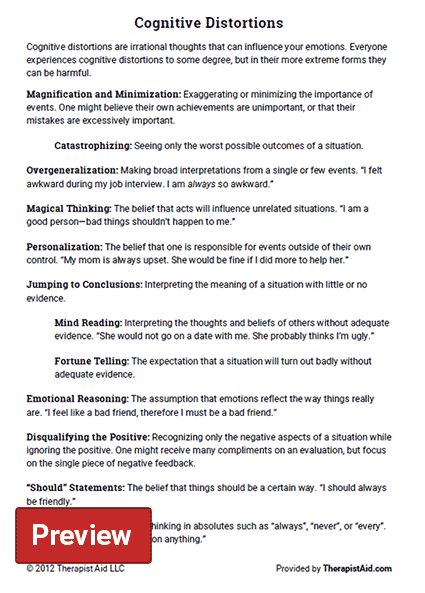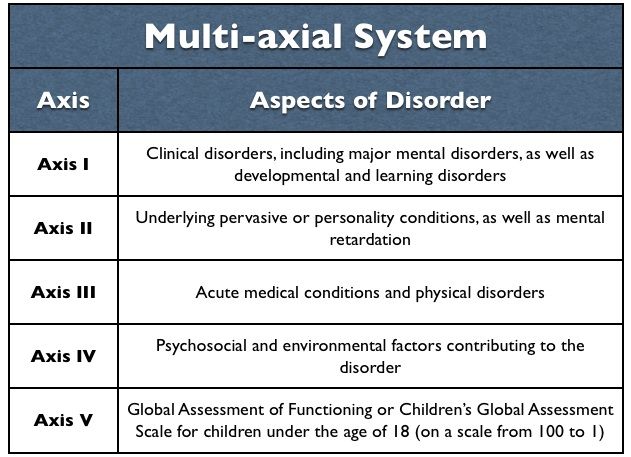How to fix cognitive distortions
How Stop Negative Thoughts by Fixing Cognitive Distortions
Everyone has irrational and negative thoughts once in a while. But what happens when they become frequent and intense?
There are times when we see things as more negative than they really are. It doesn’t matter what the evidence or experience tells us — once we put on that negative filter, it can be difficult to perceive something any other way.
This is called a cognitive distortion.
When negative or irrational thinking continues, it could affect how you see yourself, others, and the world in general.
You might start operating under false assumptions. These assumptions may affect your mood and behaviors, and in turn, lead to symptoms of anxiety and depression.
But fixing cognitive distortions is possible — it just first requires you to identify your negative thoughts for what they are.
Once you do, you may learn that it’s typically not the situation that upsets you, but rather the thoughts or opinions about it.
And you can change your thoughts and opinions.
Well, you definitely are! We all do at some point.
Almost all negative thinking is linked to these distortions.
The key to stopping negative thinking is identifying those distortions you use the most, and those that may be affecting your mood the most.
Identifying them may be challenging at first because they often feel like logical, accurate thoughts. They make sense to you at some level, so you believe them.
How do you stop negative thoughts? By fixing cognitive distortions. Here are a few ways you can start:
- Read yourself
- Identify the type of distortion
- Change roles
- Examine the evidence
- Sum of its parts
- Skip generalizations
- Avoid speculations
- No more “shoulds”
- Cost-benefit analysis
If you experience anxiety throughout the day without a clear trigger or reason, you may be using cognitive distortions in the moment.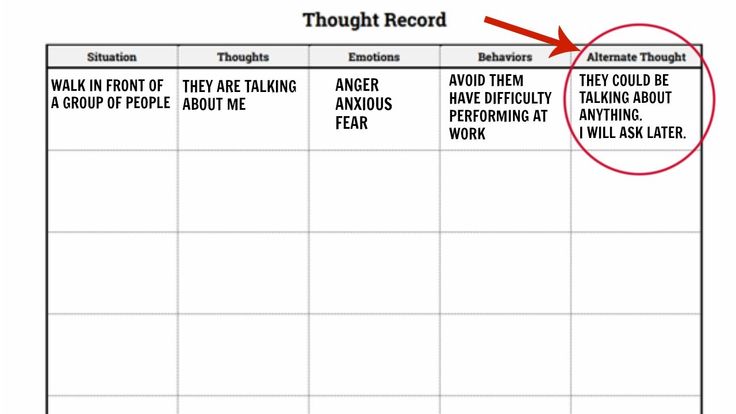
You may feel “stressed” or even have physical symptoms like muscle tension or a racing heart, but not realize that it’s anxiety.
If you experience anxiety but are not sure why, you may want to check in with yourself by asking these questions:
- Am I focused on this task, or is my mind somewhere else?
- Is my body tense?
- Do I have any unusual physical symptoms like a stomachache or racing heart?
- When did I start having these signs?
If you notice symptoms or signs of anxiety, turn your attention to your thoughts. Consider asking yourself if they might be causing how you feel.
In time, you can start linking which thoughts cause you to experience anxiety or other mood symptoms. These are the thoughts we want to work on first.
It may be a good idea to see which type of negative thought you often fall into.
Metacognition is key here. This means thinking about what you’re thinking about.
Creating a daily mood and thought log could help you with this.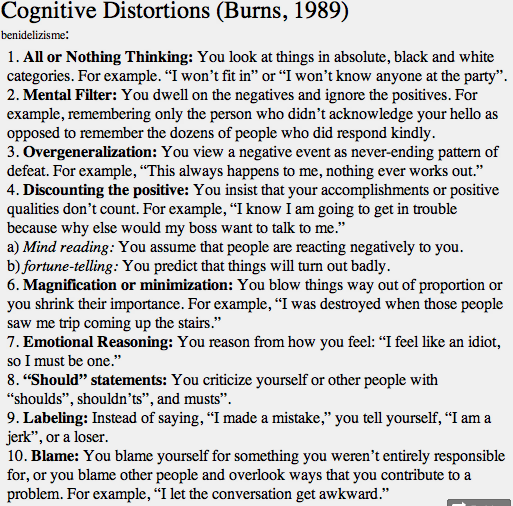
Step 1
Consider writing down the most prominent thoughts you have throughout the day.
When you do, don’t expand on the thought. Instead, try to write it down exactly how it popped into your head.
Step 2
Try to link the thought to a place or situation.
Answer these questions:
- When and where did you have the negative thought for the first time?
- How many times did you think about it after that?
- Do you tend to have comparable thoughts in similar situations?
Step 3
Once you have the thought and the situation, identify the emotion it causes you.
Step 4
After a while, or by the end of each week, try to group these thoughts by theme.
So all thoughts about “always” or “never” go together. For example, “I always miss important meetings,” “I never say smart things,” or “Nobody appreciates me.”
This exercise will help you identify which thoughts repeat and which cause you greater distress.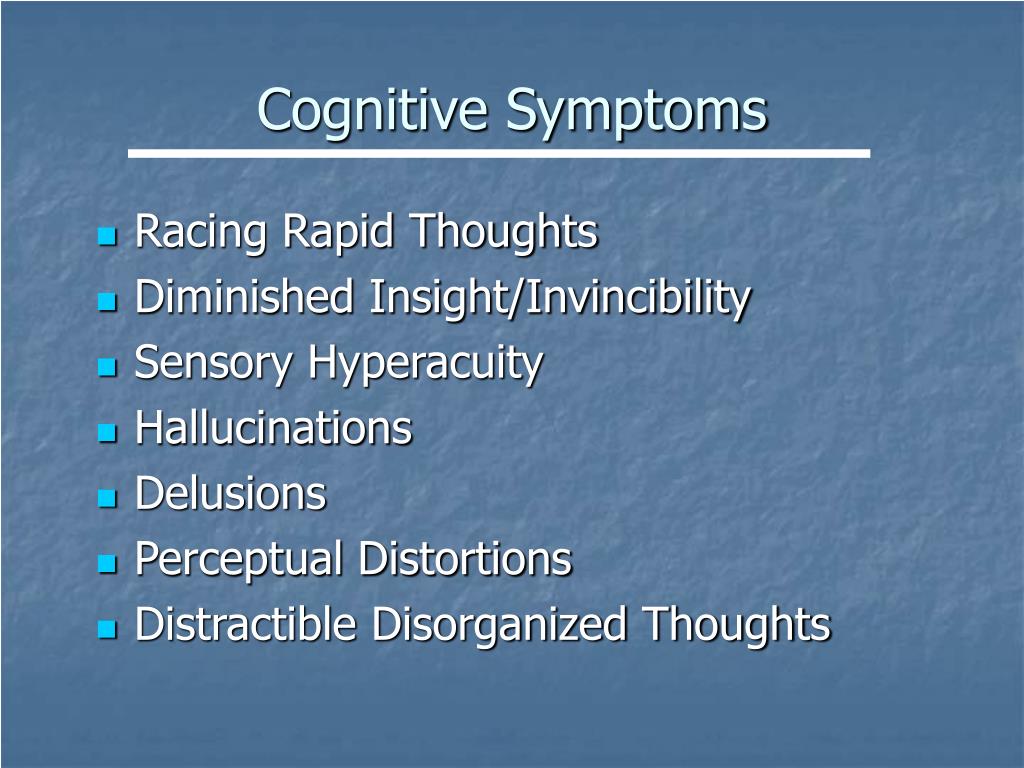
How would you react to someone saying these negative things to a person you love?
For example, if your neighbor came to your best friend and said, “Your partner doesn’t love you,” or “You always embarrass yourself in front of your boss,” what would your response be?
Changing roles in your head may help you identify different aspects of the same situation that you could be overlooking. It can help you stop negative thoughts, and replace them with more realistic and optimistic ones.
For instance, you may feel inclined to find arguments to the contrary like: “They show you love. They called you twice today to check up on you and also stopped to bring dinner home after working for more than 8 hours.”
Negative thought patterns aren’t typically based on facts.
Similar to changing roles, examining the evidence is looking for cues in the situation that contradict your negative thoughts.
If you notice some of your thoughts are about criticizing or belittling yourself, for example, turn to the evidence. List all the ways you’re productive, successful, efficient, loving, or supportive.
List all the ways you’re productive, successful, efficient, loving, or supportive.
If you’ve been thinking about what you said this morning during a meeting that may have felt inaccurate, turn to all the times you’ve said something interesting and how much you’ve contributed to your team.
You may even focus on the reaction everyone had during the meeting. Did they really pay that much negative attention to your comment?
It may also be a good idea to separate facts from opinions.
Thinking “I’m so silly” is an opinion. “I didn’t submit the report on time” is a fact.
Cognitive distortions are usually based on opinions that aren’t related to the evidence.
As you identify these negative thought patterns, you’ll notice that they often come with labels. “You’re a failure,” “They’re losers,” or “I’m so boring” are examples.
These labels don’t apply to the person as a whole.
Someone may lose a job, not pass a test, or feel like skipping a party at times.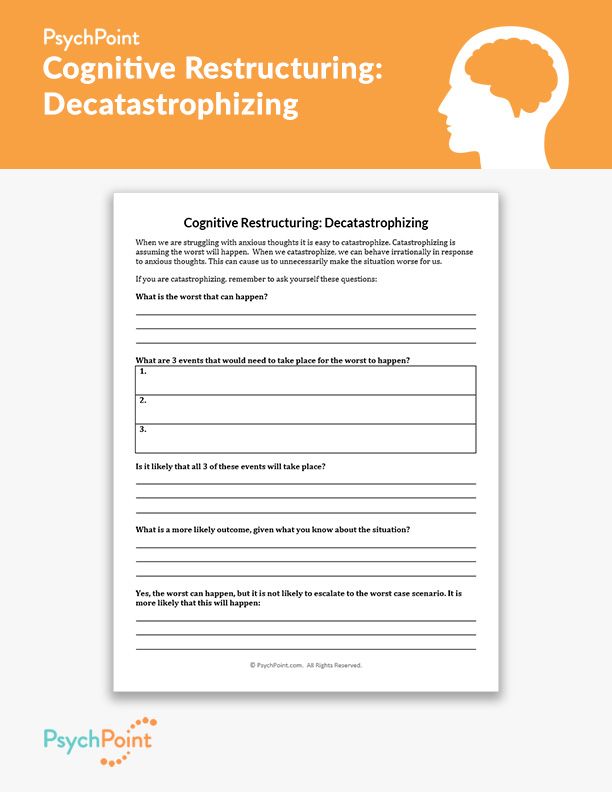 That doesn’t mean this is always the case.
That doesn’t mean this is always the case.
Cognitive distortions like overgeneralization or black-or-white thinking may lead you to take one negative incident and apply it to everything and everyone.
For example, saying something that’s not accurate doesn’t mean everything you say is inaccurate.
If you learn to identify the difference, you can reframe any situation in your mind. The “opposite threes” technique may help.
Opposite threes
Every time you find yourself generalizing, think of three opposites to the situation.
For example, when you think “I never do anything right,” consider turning your attention to mentally identify three scenarios where you’ve been accurate, efficient, or successful.
We’re almost certain you can’t read minds. But, in many circumstances, you may act or think like you do.
Because of this, it can be a good idea to do a “reality check” before you jump to conclusions. This can start by you asking others about the matter.
For example, instead of assuming your partner’s losing interest in you, you could actually ask them if this is so. If you prefer to be less direct, you could ask questions about how they feel, how their day’s going, or if they’re well.
When you do this, it’s highly probable you’ll find evidence to the contrary of your cognitive distortion. Of course, a critical aspect of this exercise is to believe what people tell you.
You may also survey other people about situations.
For instance, if you’re feeling your partner’s losing interest in you because you’ve had some fights this week, you could ask your partnered friends about their take.
It’s possible that once you confirm other couples also have fights, your thinking pattern starts losing ground.
In other words, exploring other people’s experiences and opinions may help you identify those negative thinking patterns that aren’t based on facts.
A common cognitive distortion that leads to negative thinking is “shoulds” — “I should go to the gym every day,” or “They should talk more often during work meetings.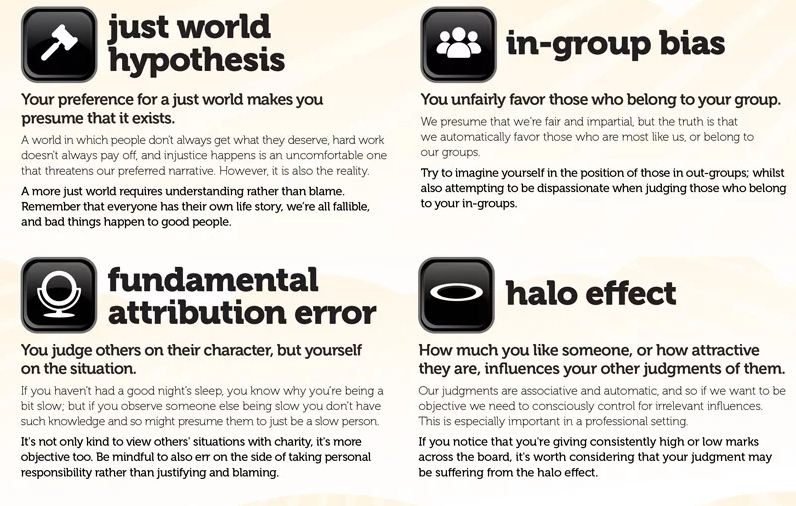 ”
”
These “shoulds” act as ironclad rules that may automatically set you and others up for failure.
Consider replacing “I should” thoughts with, “I’d like to…” or “It’d be nice if…” This may alter your perspective and take off the pressure, improving your mood and outlook.
A cost-benefit analysis typically refers to estimating the benefits of a decision versus the costs associated with it.
In this instance, you’d take the thoughts you’ve identified, and think about what pros and cons they offer you. Ask yourself: “How does this thought help me and how does it hurt me?”
If you find that some of these thoughts do you more harm, it might become easier for you to combat them.
You could also find out that you use some of these thinking patterns because they represent some benefit to you.
Many people find it helpful to work with a mental health professional when reassessing negative thoughts.
If you feel like your distorted thoughts are interfering with your relationships or how you see yourself, it may be a good idea to seek the support of a pro who can guide you through the steps.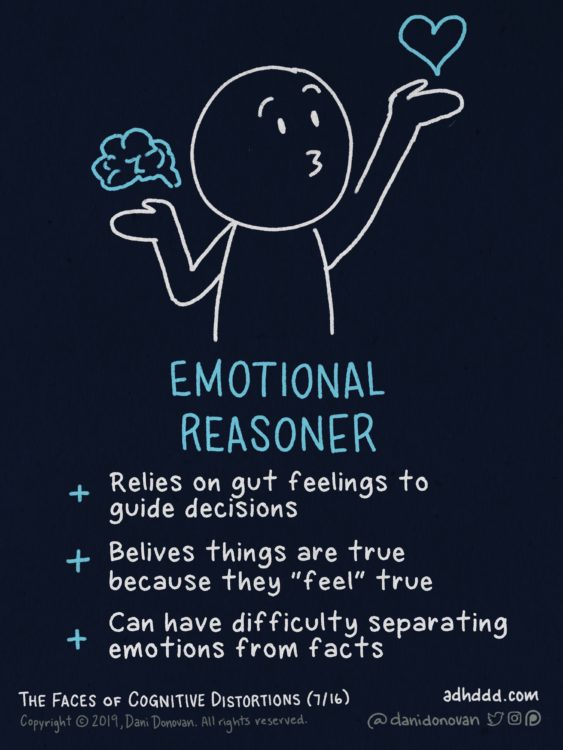
Cognitive behavioral therapy (CBT) is the go-to approach for restructuring cognitive distortions.
If this sounds like something you’d like to do, you can search for a cognitive behavioral therapist using the American Psychological Association’s Find a Psychologist tool.
Cognitive distortions are negative thinking patterns that aren’t entirely based on facts.
Everyone uses them from time to time. When they become more frequent, though, they can affect your mood and relationships.
Fixing cognitive distortions and negative thinking requires work — but it’s possible. You may want to collaborate with a therapist and do some reframing exercises yourself.
As you stop negative thinking, you may notice your mood improves in many aspects.
How Stop Negative Thoughts by Fixing Cognitive Distortions
Everyone has irrational and negative thoughts once in a while. But what happens when they become frequent and intense?
There are times when we see things as more negative than they really are.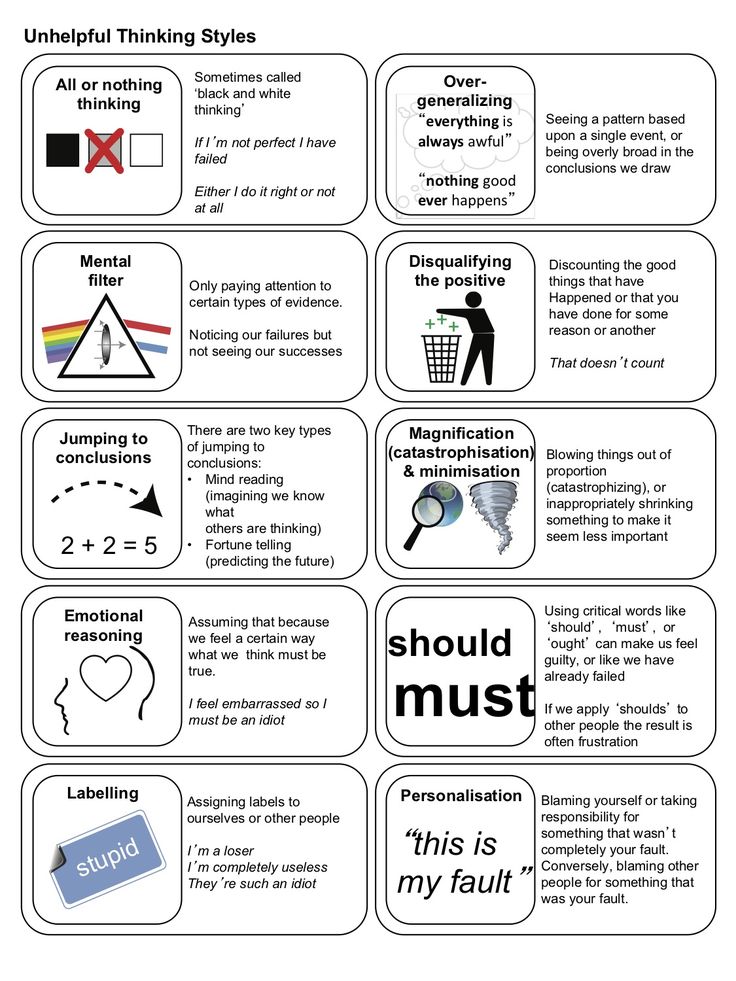 It doesn’t matter what the evidence or experience tells us — once we put on that negative filter, it can be difficult to perceive something any other way.
It doesn’t matter what the evidence or experience tells us — once we put on that negative filter, it can be difficult to perceive something any other way.
This is called a cognitive distortion.
When negative or irrational thinking continues, it could affect how you see yourself, others, and the world in general.
You might start operating under false assumptions. These assumptions may affect your mood and behaviors, and in turn, lead to symptoms of anxiety and depression.
But fixing cognitive distortions is possible — it just first requires you to identify your negative thoughts for what they are.
Once you do, you may learn that it’s typically not the situation that upsets you, but rather the thoughts or opinions about it.
And you can change your thoughts and opinions.
Well, you definitely are! We all do at some point.
Almost all negative thinking is linked to these distortions.
The key to stopping negative thinking is identifying those distortions you use the most, and those that may be affecting your mood the most.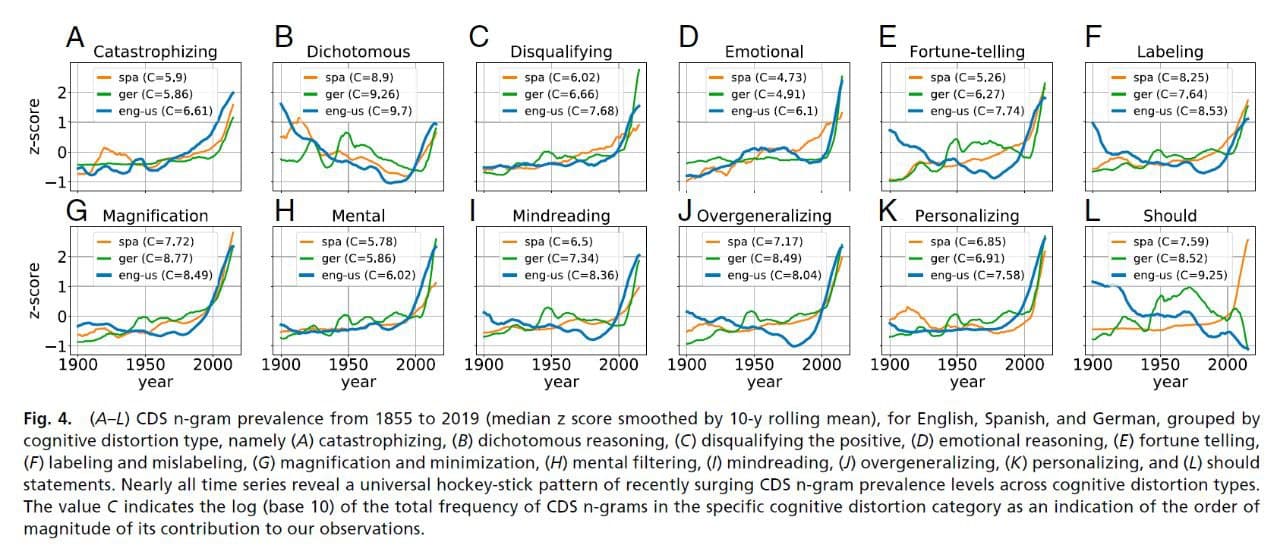
Identifying them may be challenging at first because they often feel like logical, accurate thoughts. They make sense to you at some level, so you believe them.
How do you stop negative thoughts? By fixing cognitive distortions. Here are a few ways you can start:
- Read yourself
- Identify the type of distortion
- Change roles
- Examine the evidence
- Sum of its parts
- Skip generalizations
- Avoid speculations
- No more “shoulds”
- Cost-benefit analysis
If you experience anxiety throughout the day without a clear trigger or reason, you may be using cognitive distortions in the moment.
You may feel “stressed” or even have physical symptoms like muscle tension or a racing heart, but not realize that it’s anxiety.
If you experience anxiety but are not sure why, you may want to check in with yourself by asking these questions:
- Am I focused on this task, or is my mind somewhere else?
- Is my body tense?
- Do I have any unusual physical symptoms like a stomachache or racing heart?
- When did I start having these signs?
If you notice symptoms or signs of anxiety, turn your attention to your thoughts.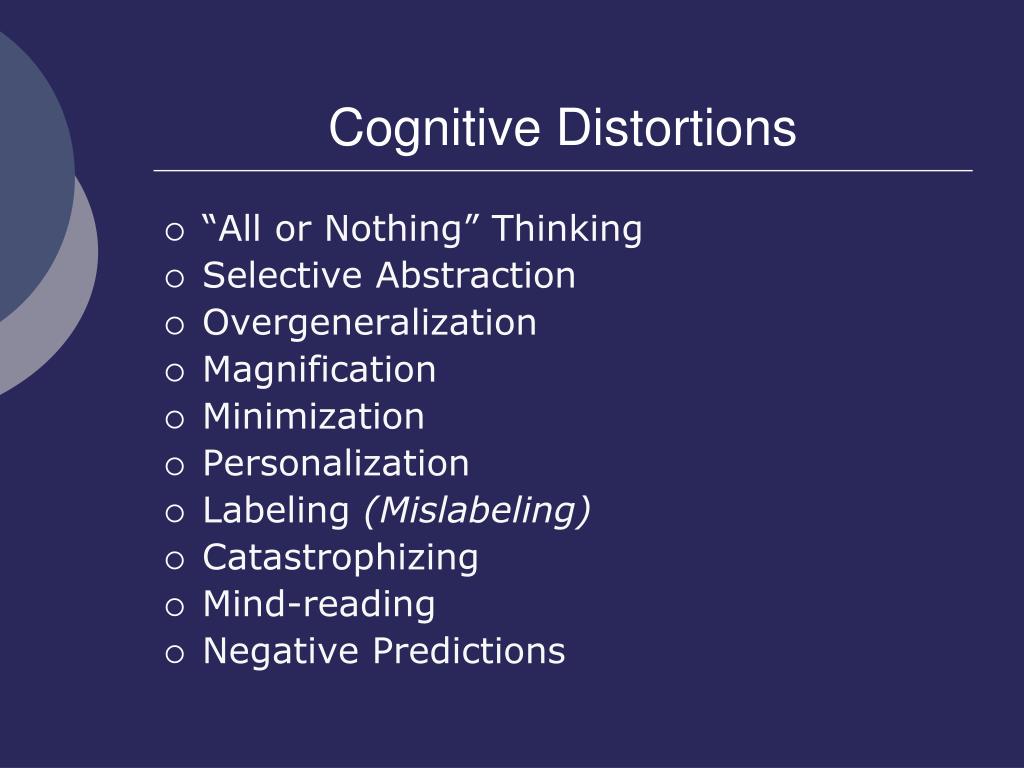 Consider asking yourself if they might be causing how you feel.
Consider asking yourself if they might be causing how you feel.
In time, you can start linking which thoughts cause you to experience anxiety or other mood symptoms. These are the thoughts we want to work on first.
It may be a good idea to see which type of negative thought you often fall into.
Metacognition is key here. This means thinking about what you’re thinking about.
Creating a daily mood and thought log could help you with this.
Step 1
Consider writing down the most prominent thoughts you have throughout the day.
When you do, don’t expand on the thought. Instead, try to write it down exactly how it popped into your head.
Step 2
Try to link the thought to a place or situation.
Answer these questions:
- When and where did you have the negative thought for the first time?
- How many times did you think about it after that?
- Do you tend to have comparable thoughts in similar situations?
Step 3
Once you have the thought and the situation, identify the emotion it causes you.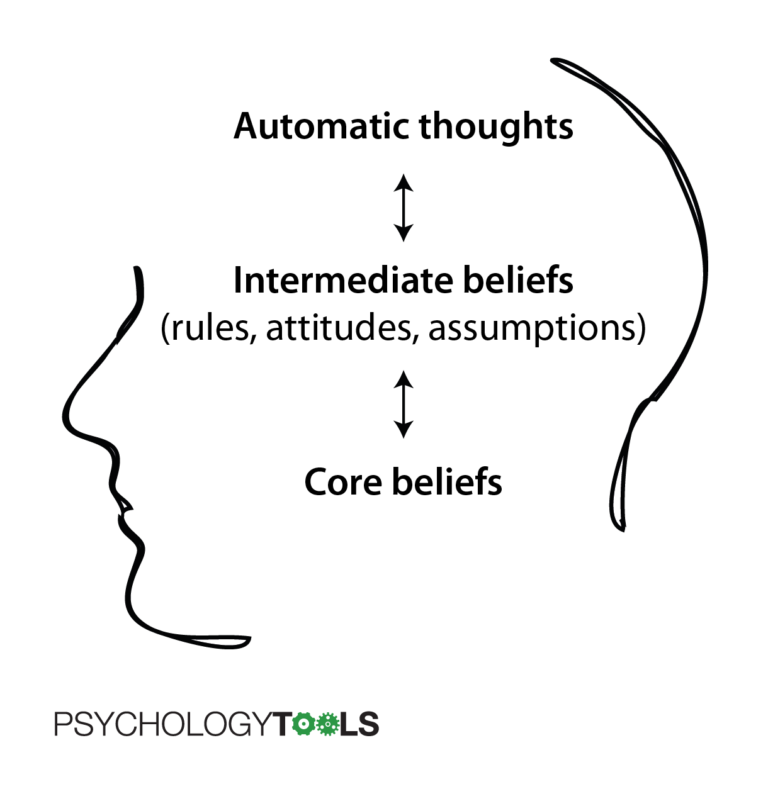
Step 4
After a while, or by the end of each week, try to group these thoughts by theme.
So all thoughts about “always” or “never” go together. For example, “I always miss important meetings,” “I never say smart things,” or “Nobody appreciates me.”
This exercise will help you identify which thoughts repeat and which cause you greater distress.
How would you react to someone saying these negative things to a person you love?
For example, if your neighbor came to your best friend and said, “Your partner doesn’t love you,” or “You always embarrass yourself in front of your boss,” what would your response be?
Changing roles in your head may help you identify different aspects of the same situation that you could be overlooking. It can help you stop negative thoughts, and replace them with more realistic and optimistic ones.
For instance, you may feel inclined to find arguments to the contrary like: “They show you love. They called you twice today to check up on you and also stopped to bring dinner home after working for more than 8 hours.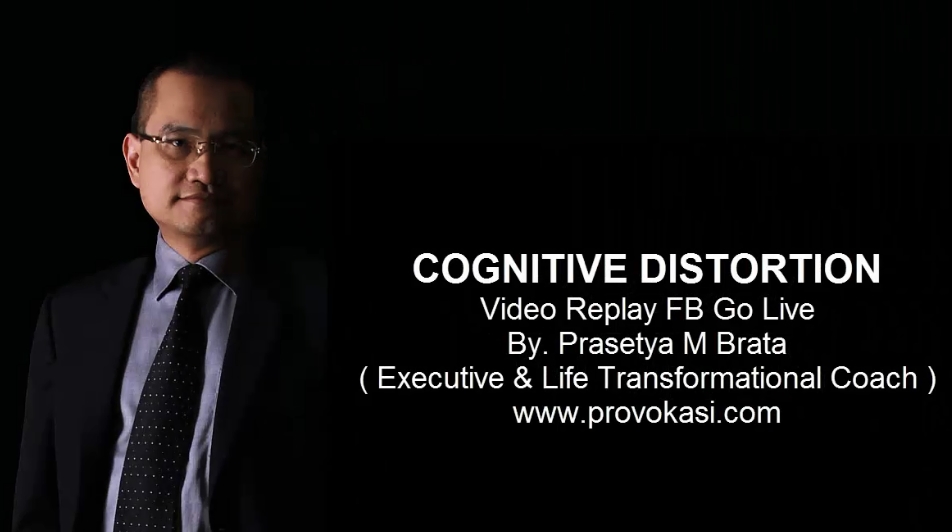 ”
”
Negative thought patterns aren’t typically based on facts.
Similar to changing roles, examining the evidence is looking for cues in the situation that contradict your negative thoughts.
If you notice some of your thoughts are about criticizing or belittling yourself, for example, turn to the evidence. List all the ways you’re productive, successful, efficient, loving, or supportive.
If you’ve been thinking about what you said this morning during a meeting that may have felt inaccurate, turn to all the times you’ve said something interesting and how much you’ve contributed to your team.
You may even focus on the reaction everyone had during the meeting. Did they really pay that much negative attention to your comment?
It may also be a good idea to separate facts from opinions.
Thinking “I’m so silly” is an opinion. “I didn’t submit the report on time” is a fact.
Cognitive distortions are usually based on opinions that aren’t related to the evidence.
As you identify these negative thought patterns, you’ll notice that they often come with labels. “You’re a failure,” “They’re losers,” or “I’m so boring” are examples.
These labels don’t apply to the person as a whole.
Someone may lose a job, not pass a test, or feel like skipping a party at times. That doesn’t mean this is always the case.
Cognitive distortions like overgeneralization or black-or-white thinking may lead you to take one negative incident and apply it to everything and everyone.
For example, saying something that’s not accurate doesn’t mean everything you say is inaccurate.
If you learn to identify the difference, you can reframe any situation in your mind. The “opposite threes” technique may help.
Opposite threes
Every time you find yourself generalizing, think of three opposites to the situation.
For example, when you think “I never do anything right,” consider turning your attention to mentally identify three scenarios where you’ve been accurate, efficient, or successful.
We’re almost certain you can’t read minds. But, in many circumstances, you may act or think like you do.
Because of this, it can be a good idea to do a “reality check” before you jump to conclusions. This can start by you asking others about the matter.
For example, instead of assuming your partner’s losing interest in you, you could actually ask them if this is so. If you prefer to be less direct, you could ask questions about how they feel, how their day’s going, or if they’re well.
When you do this, it’s highly probable you’ll find evidence to the contrary of your cognitive distortion. Of course, a critical aspect of this exercise is to believe what people tell you.
You may also survey other people about situations.
For instance, if you’re feeling your partner’s losing interest in you because you’ve had some fights this week, you could ask your partnered friends about their take.
It’s possible that once you confirm other couples also have fights, your thinking pattern starts losing ground.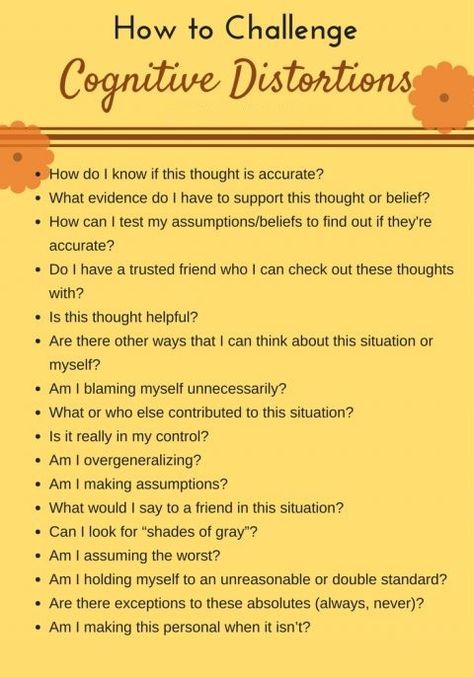
In other words, exploring other people’s experiences and opinions may help you identify those negative thinking patterns that aren’t based on facts.
A common cognitive distortion that leads to negative thinking is “shoulds” — “I should go to the gym every day,” or “They should talk more often during work meetings.”
These “shoulds” act as ironclad rules that may automatically set you and others up for failure.
Consider replacing “I should” thoughts with, “I’d like to…” or “It’d be nice if…” This may alter your perspective and take off the pressure, improving your mood and outlook.
A cost-benefit analysis typically refers to estimating the benefits of a decision versus the costs associated with it.
In this instance, you’d take the thoughts you’ve identified, and think about what pros and cons they offer you. Ask yourself: “How does this thought help me and how does it hurt me?”
If you find that some of these thoughts do you more harm, it might become easier for you to combat them.
You could also find out that you use some of these thinking patterns because they represent some benefit to you.
Many people find it helpful to work with a mental health professional when reassessing negative thoughts.
If you feel like your distorted thoughts are interfering with your relationships or how you see yourself, it may be a good idea to seek the support of a pro who can guide you through the steps.
Cognitive behavioral therapy (CBT) is the go-to approach for restructuring cognitive distortions.
If this sounds like something you’d like to do, you can search for a cognitive behavioral therapist using the American Psychological Association’s Find a Psychologist tool.
Cognitive distortions are negative thinking patterns that aren’t entirely based on facts.
Everyone uses them from time to time. When they become more frequent, though, they can affect your mood and relationships.
Fixing cognitive distortions and negative thinking requires work — but it’s possible.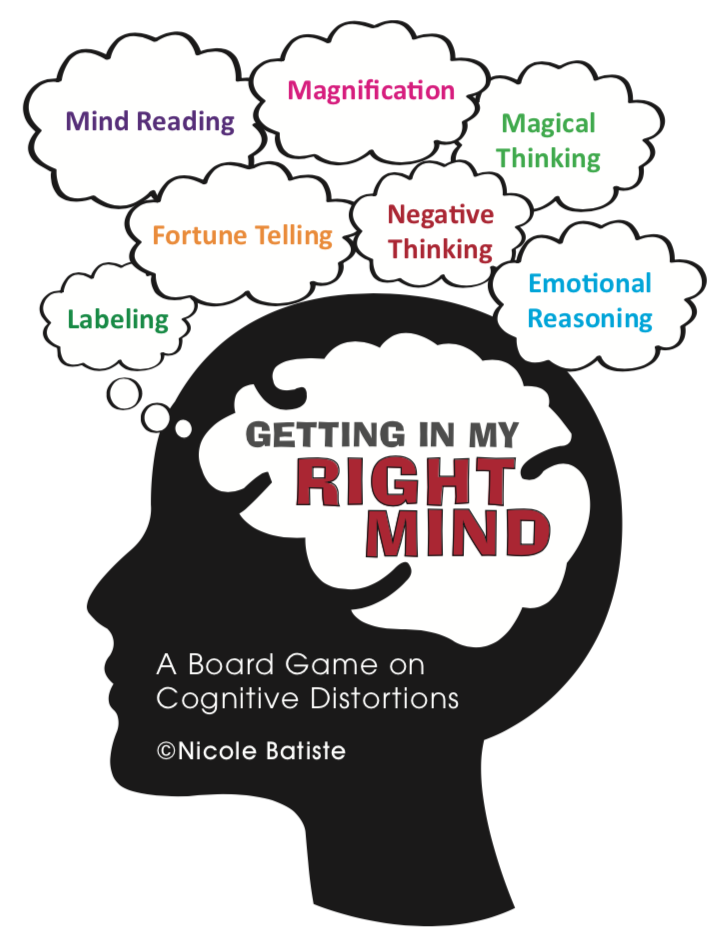 You may want to collaborate with a therapist and do some reframing exercises yourself.
You may want to collaborate with a therapist and do some reframing exercises yourself.
As you stop negative thinking, you may notice your mood improves in many aspects.
What to do with cognitive distortions?
Why do some people see life in bright colors, they are always lucky, they are always in a good mood, while others seem to have a protracted black streak in life, they are often deceived, betrayed, and some kind of trouble always happens to them?
One of the reasons is thinking.
A person's perception is directly related to how he thinks and what judgments he makes about this or that fact or event. And far from always, the thinking and judgments of a person reflect objective reality - systematic errors and deviations can be observed in them. It is in such situations that one should speak of cognitive distortions.
Our Sunday digest is dedicated to this topic.
📊 Some numbers
180
– about as many cognitive biases exist [PositivePsychology.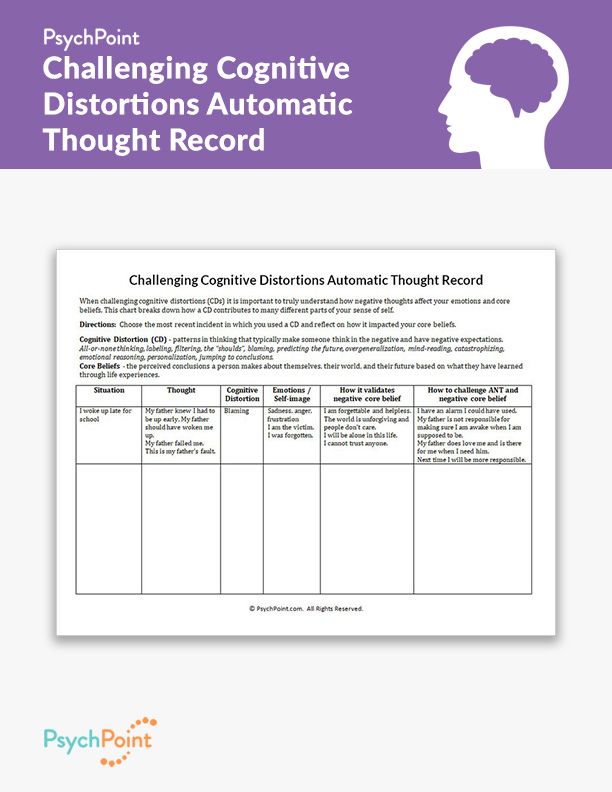 com, 2020].
com, 2020].
18
– at least this many cognitive biases can be used to improve communication [Cxl.com, 2020].
42
– at least that many cognitive biases affect decision making [WiseToast.com, 2015].
✅ Poll
The influence of cognitive distortions on a person has long been proven by scientists, and it is very good if each of us understands that we often perceive things under the influence of some factors. Therefore, we want to know how many people among our subscribers are who are aware of their exposure to consciousness traps.
Take the survey
🎬 Specifically and on the case
Description
Useful materials life. But first we need to understand what we are dealing with in general.
From this block you will learn about what cognitive distortions are and what they are, what attitudes and stereotypes exist:
- “Cognitive distortions”
- "List of examples of cognitive biases"
- Irrational Attitudes: How False Beliefs Affect Our Lives
- "Distortions of perception and understanding in the process of communication"
- "Hyperception: what it is and how it threatens us all"
- Prejudice: Mental Poison
- "Social stereotypes"
- "Extreme thinking: what it is and why it is dangerous"
📝 Exercise "How to deal with catastrophization"
One of the most common cognitive distortions is catastrophization - the tendency to see small problems, obstacles, etc.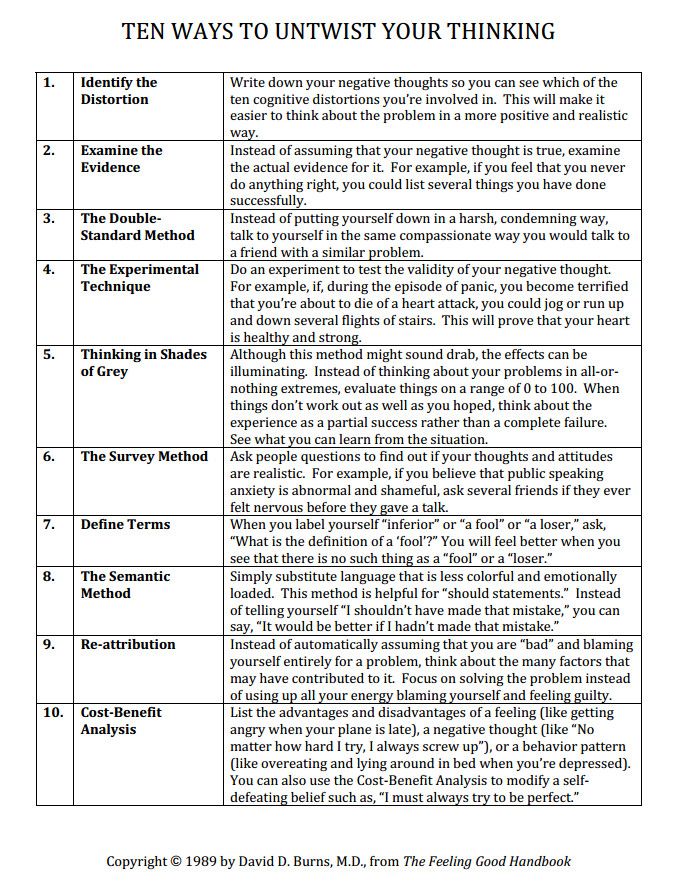 in a gloomy light; in other words, to make an elephant out of a fly. As a result, this leads to indecision, apathy, procrastination, mood deterioration, and sometimes also causes mental problems. And this scourge must be fought.
in a gloomy light; in other words, to make an elephant out of a fly. As a result, this leads to indecision, apathy, procrastination, mood deterioration, and sometimes also causes mental problems. And this scourge must be fought.
If you notice this tendency in yourself, the next time you feel like you're attaching too much importance to something, ask yourself a few questions:
- Is there any evidence that it really is that serious?
- Are there any facts refuting that everything is really so serious?
- Can I look at the situation more realistically?
- Can I at least try to see the situation as less dramatic?
- Is there anything I can do to change things?
In most cases, answering the first few questions is enough to tell you that you're making a big deal out of nothing. And the last question can generally be used as an indicator of healthy perception: if something can be changed, then it needs to be done; if nothing can be changed, is it worth worrying about it or is it necessary to accept what is happening as it is? And the final decision is always yours.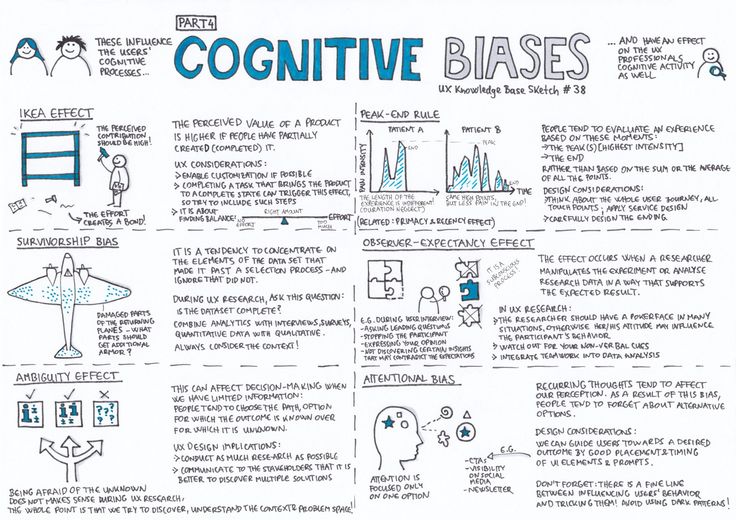
This is useful
The development of thinking helps not only not to fall into the traps of cognitive distortions, but also to think more effectively, to see and notice details and nuances that others do not see, and to make the most optimal and non-standard decisions that will bring success.
You can learn these skills in the online course " Cognitive Science: Developing Thinking ". On the course you will learn:
- 🧠 How the brain and thinking work, what types of thinking exist and how to develop your intellect.
- 🤓 The principle of the perception system, how to use representative systems, to develop attention and memory correctly.
- 🤔 Basic techniques for developing intellectual abilities and imagination, how to identify and use different cognitive styles.
- 🧩 The subtleties of logic, how to build correct conclusions and syllogisms, reason and think in different categories.
- 🔍 Logical paradoxes, learn to apply scientific, statistical and critical thinking, and also think like Sherlock Holmes.
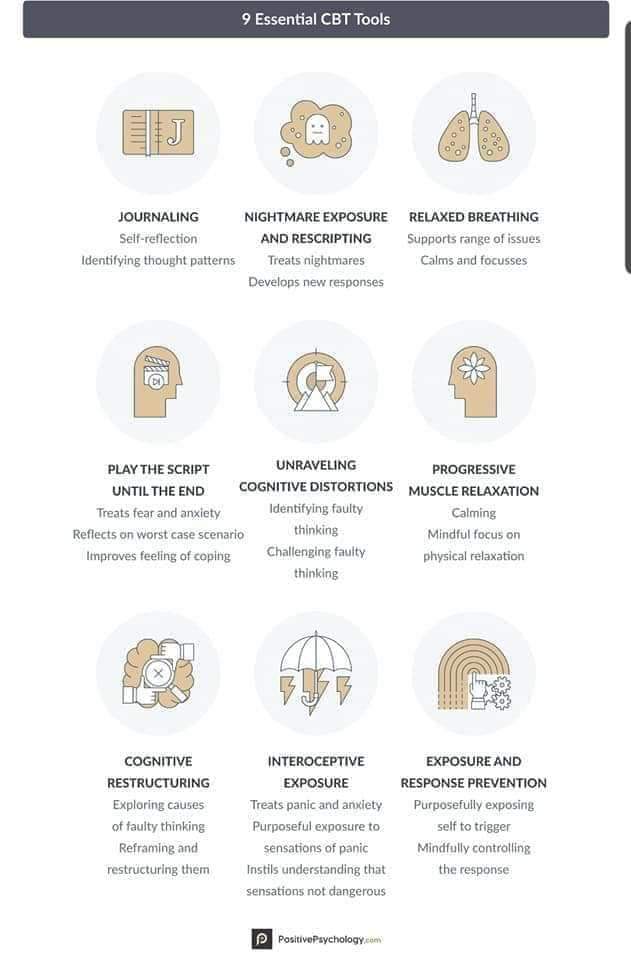
- 💡 Your creative abilities, master the methods of developing creativity, techniques for creating complex solutions, techniques for finding one solution.
- 💭 What is proactivity, features of fast and slow thinking, study cognitive distortions, master framing and freewriting techniques.
- 📘 How to apply the methods of brainstorming, synectics and Delphi, master the basics of building argumentation and developing emotional intelligence.
- ⏰ Course duration: 2 months
- 📑 In the know 41 lessons
- 💰 65% discount (valid until January 12).
Sign up at a discount
Keywords:1Cognitive science
Author: Polina Grudanova
Receive tricks of the mind and how to overcome them in work
At the beginning of the year, you launched a big new service or product. It did not receive an active response from the audience.
And yet you continue to invest time, money and effort into this failed proposal. “We can't just give up. We've already invested so much."
Welcome to the fascinating and frustrating world of cognitive fallacies - full of challenges and opportunities. And although cognitive distortions exist only in our heads, they affect everything around us, including our work.
What is cognitive bias?
Cognitive biases are systemic errors in thought processes that interfere with rational decision making.
We don't always see things as they really are. We do not just collect information through the senses and act on it. Instead, our minds relay this information to their "computer centers", which can sometimes be misleading. Our inner experiences don't always match up exactly with what's going on in the outside world.
The concept of cognitive bias was introduced in 1972 through the work of researchers Amos Tversky and Daniel Kahneman and was later popularized in the bestselling book Think Slow.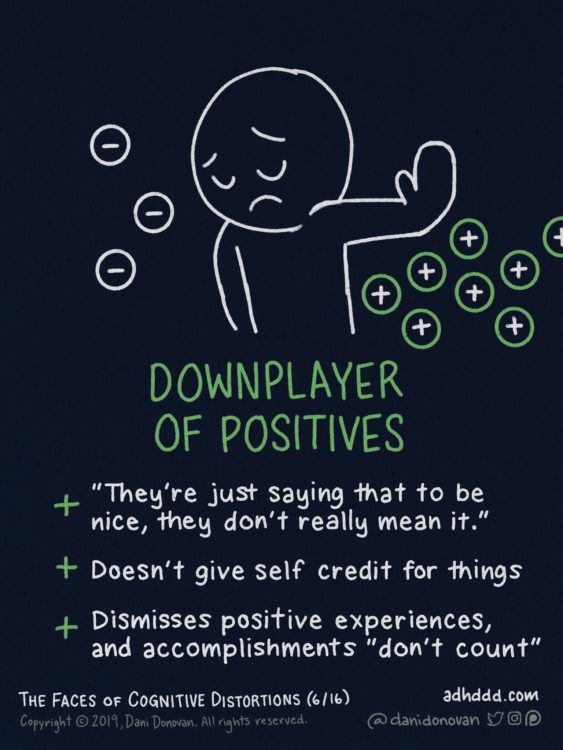 .. Decide Fast. Scholars such as Richard Nisbett and Nassim Taleb have expanded on this concept, and authors such as David McRaney (The Psychology of Stupidity: The Delusions That Keep Us from Living) have helped bring it to the mainstream.
.. Decide Fast. Scholars such as Richard Nisbett and Nassim Taleb have expanded on this concept, and authors such as David McRaney (The Psychology of Stupidity: The Delusions That Keep Us from Living) have helped bring it to the mainstream.
We, as homo sapiens, did not evolve to make logical decisions, we evolved to survive. And cognitive biases probably helped in that process. However, the modern world presents many situations that require more rational solutions, and we often find ourselves seriously puzzled: why is the work of our highly developed brain not producing the desired results?
OK, let's start with the bad news: we can't get rid of cognitive biases .
Good news? The better we understand them, the more often we can bypass them or even use them to our advantage.
The first step to overcoming cognitive biases is to acknowledge that we have them. Even the most sophisticated thinkers sometimes fall prey to their own cognitive fallacies, so at least "we're in good company.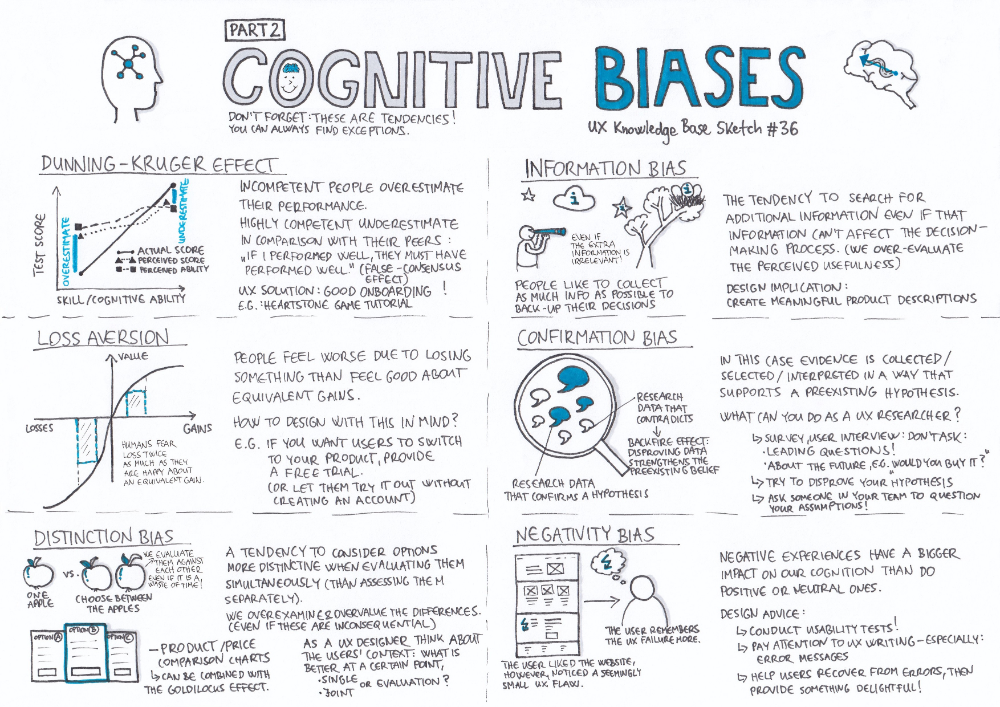 "
"
The second step is to learn and use tools to help offset our irrational tendencies. Nothing cools a hot head like a clear algorithm.
In the first part of this article series, we will look at 3 cognitive thinking errors and some tools to help you overcome them or use them to your professional advantage.
Cognitive distortions dangerous by overspending resources
1. Irrational escalation or sunk costs
(also appears as increased commitment, escalation of involvement, sunk cost error)
The term "sunk cost" describes our tendency to do something just because we have already invested resources in this idea/project, even if it would be better to refuse from such a project.
A prime example:
Let's say you're optimizing a company website and you've created a new version of the home page. To do this, you spent weeks / months on design development, writing text with a copywriter, dozens of hours spent on revision and adjustments with a programmer. However, after the final update, bounce rates increased, conversions decreased, and the site is falling in search engine and SEO rankings. But you have spent so much time, energy and money on this update, so you continue to invest in it, instead of reverting to the old version of the main page.
However, after the final update, bounce rates increased, conversions decreased, and the site is falling in search engine and SEO rankings. But you have spent so much time, energy and money on this update, so you continue to invest in it, instead of reverting to the old version of the main page.
Commitment is important in business, but in such situations there is a fine line between persistence and delusion. Large-scale examples include the construction of the Channel Tunnel, the construction of the Big Dig.
How not to fall for the sunk cost error?
If a new product, strategy, partnership, or other effort is not working for your business, it can be difficult to stop the process/relationship and start doing things differently. The general approach here is to reassess your processes/situation in the light of new facts and circumstances.
Daniel Kahneman recommends journaling as a way to free your mind from past choices. There are many diary apps out there.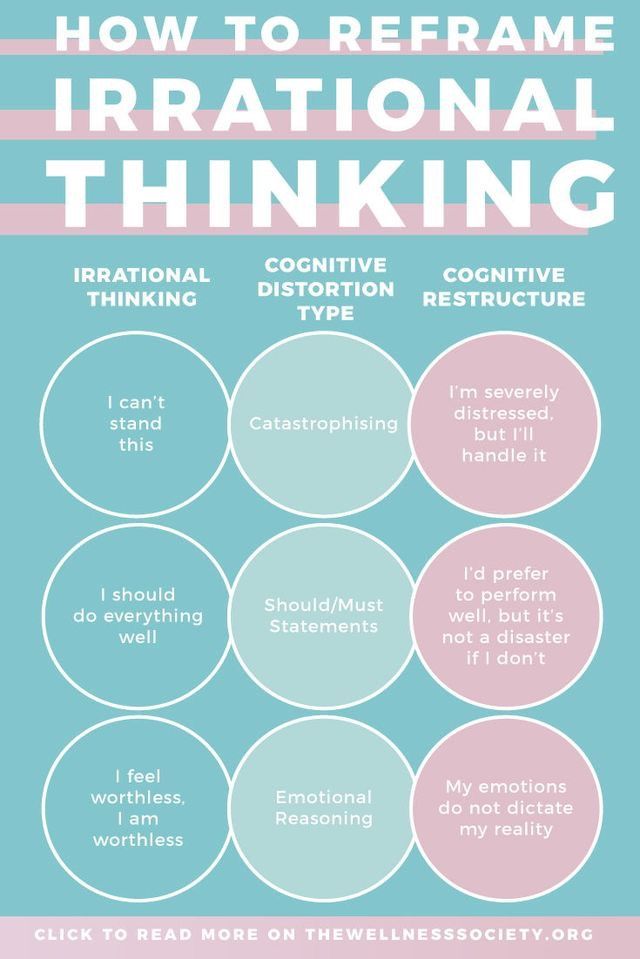 For example, Intuition Journal (iOS) is a diary app designed to help users make smarter and more rational decisions. You can use it to track your projects and determine which investments/efforts are already paying off, which ones are likely to pay off soon, and which ones you need to give up before they sink you in.
For example, Intuition Journal (iOS) is a diary app designed to help users make smarter and more rational decisions. You can use it to track your projects and determine which investments/efforts are already paying off, which ones are likely to pay off soon, and which ones you need to give up before they sink you in.
Popular diary apps:
- Day One (Mac, iOS, Android)
- Journey (Mac, Windows, iOS, Android, Chrome OS, Web)
- Evernote (Mac, Windows, Android, iOS, web).
- Universum - Diary, Journal, Notes (Android)
- Five Minute Journal (iOS, Android)
2. Optimistic Tendency
(or Planning Fallacy, a term coined by Daniel Kahneman and Amos Tversky in 1979)
Optimistic Tendency is our tendency to overestimate our chances of success relative to other people. Imagine a Silicon Valley entrepreneur who is confident that his new startup will succeed in a crowded market where the vast majority of competitors fail.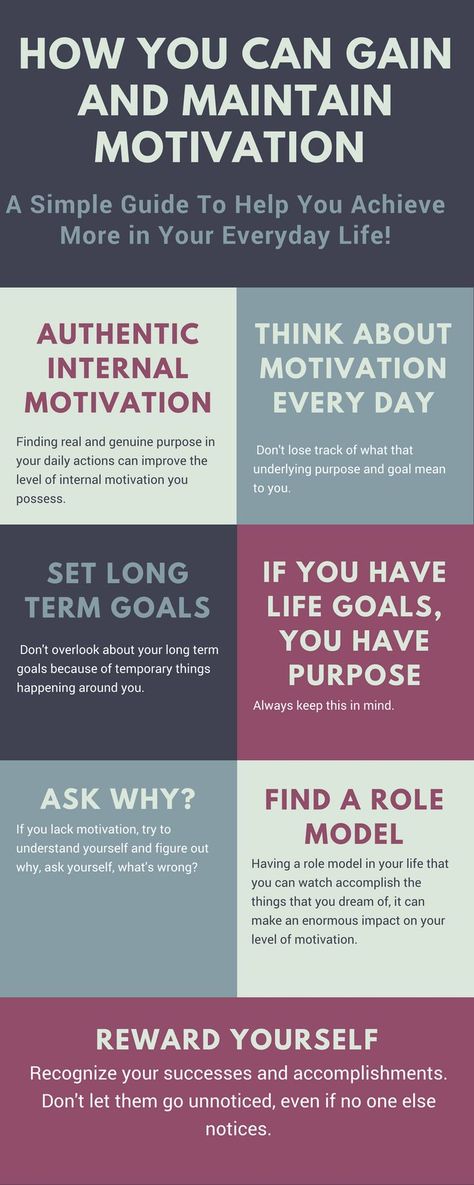
It makes sense that we think so. Evolution generally favors optimists: those who take risks and believe they can succeed are more likely to pass on their genes to the next generation. Both entrepreneurs and leaders have a responsibility to bet against the majority (low probabilities), avoid analysis paralysis, and kickstart innovation. So when the stakes are high, which usually happens in business, optimism tends to be part of the game.
However, overly optimistic forecasts can be dangerous. This results in us wasting time and resources when we pursue unrealistic goals. In the real world of business, optimistic expectations don't always come true, and it's good for us to know when conditions aren't on our side.
How to control the tendency to optimism?
To combat the potentially adverse effects of optimistic planning errors, evaluate options with a skeptical attitude. In project management, several estimates of the time and complexity of a project are made, including optimistic and pessimistic.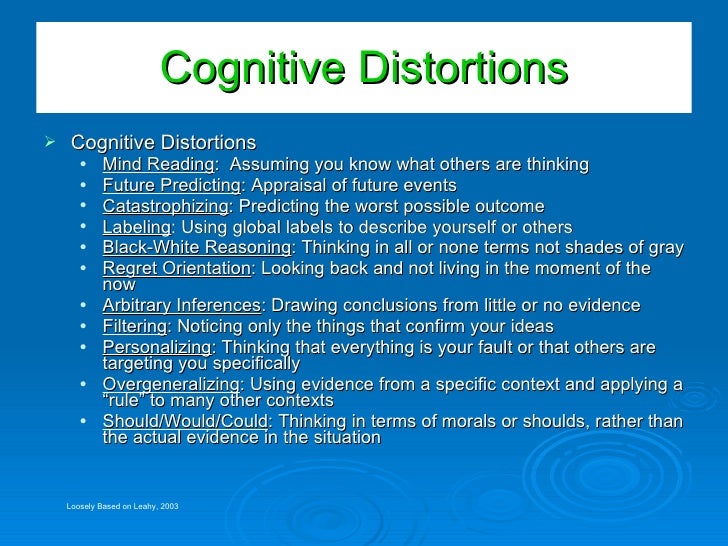 Assume that the project may be more complex and more expensive than you initially think. Don't let your good ideas manifest themselves only through positive thinking - be prepared to fight for them.
Assume that the project may be more complex and more expensive than you initially think. Don't let your good ideas manifest themselves only through positive thinking - be prepared to fight for them.
The best helper is numbers - hard but fair. A clear and detailed view of the cash flow of your business will help you make smarter decisions.
What are the solutions for planning financial goals?
There are many options: earlier it was tables in Excel and specialized systems on 1C, now online services are popular.
Prostoplan - simple financial planning for retail
Seeneco - service for accounting, analytics and company financial planning
PlanFact - management and financial accounting service
"My business" - Internet accounting, including a service for free preparation of documents for opening an individual entrepreneur / LLC
PlanGuru - financial forecasting for business
A project / finance planning system will help to separate what is just a dream, but what a realistic possibility.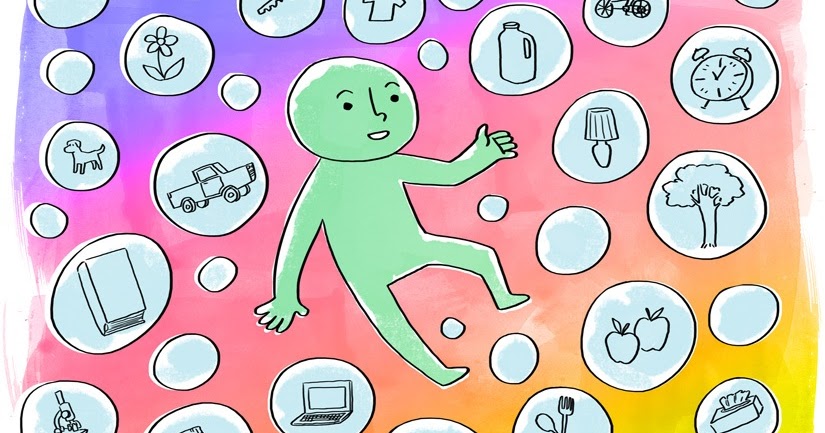 And also get a more accurate picture of what investments need to be made. Or use a broader business dashboard that will give you insight into how your company is performing against various metrics.
And also get a more accurate picture of what investments need to be made. Or use a broader business dashboard that will give you insight into how your company is performing against various metrics.
3. Pessimistic Tendency
Pessimism is the tendency to change our thought processes and behavior more due to negative events than we do due to neutral or positive circumstances.
Unfortunately, the tendency to be pessimistic does not negate the tendency to be optimistic: various cognitive biases work together, even if they are incompatible. Just as we assume that circumstances will be better for us than they will be for others, we tend to focus on the negative when it's not true.
A tendency to be pessimistic was an advantage in the distant past when it came to preparing for animal attacks. But in the present, most of our competitors and dissatisfied customers are not going to rip out our organs to eat them. When we allow negativity to dominate our work, we overestimate difficulties and miss new opportunities.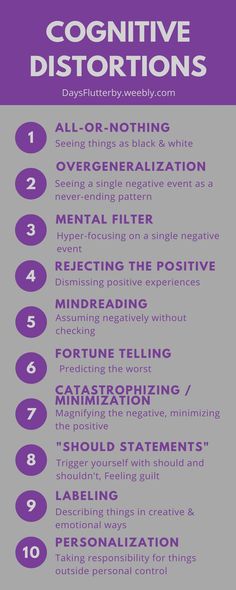
For example, have you ever gotten stuck/overreacted to one bad review about you online?
Sometimes it hurts your business:
you can damage your reputation by overreacting,
you can miss out on building a closer relationship with most of the review clients you like,
you can even spend disproportionate resources to fix what one person didn't like.
How to control the tendency to pessimism?
Track your victories. It's easy to remember things that go wrong, so it's important to actively notice when things go right. To offset a tendency to be pessimistic, use Excel/Google Sheets, a note-taking app, or a journal to record goals achieved, new ideas, and positive effects when your work has impacted other people's lives.
Review such notes at general meetings. Share them in your company chat. Find strength and inspiration in them when you face difficult situations. At first it may seem strange, but this technique helps to notice both sides of reality and not lose heart at a difficult moment.